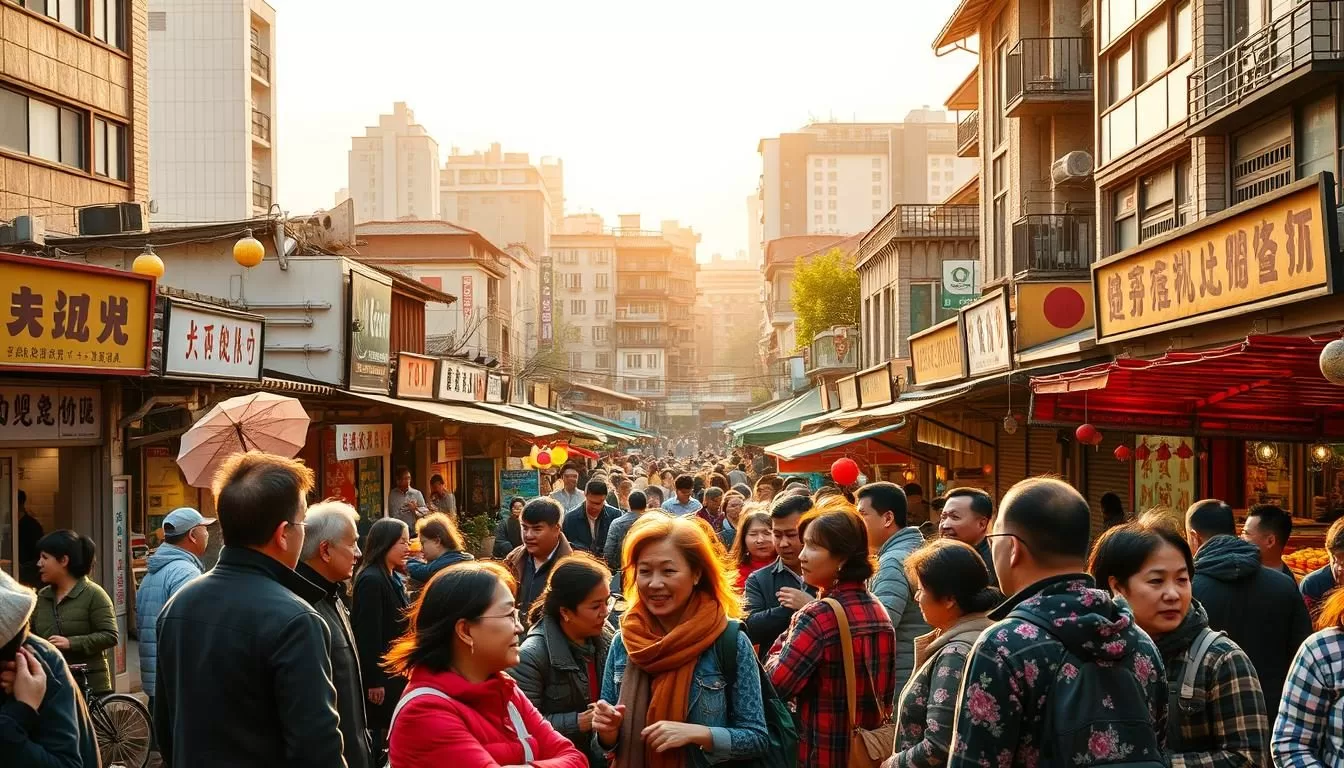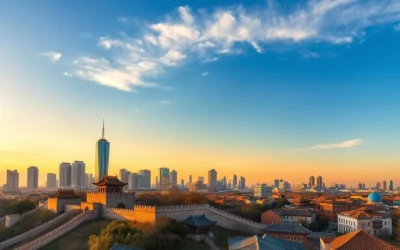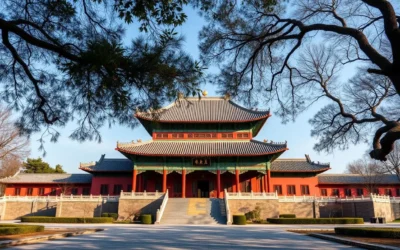✓ Accommodations✓ Flights✓ Rental Cars
When you think about communication, the language you use shapes your world. In this region, Mandarin serves as the backbone of daily interaction, connecting millions of people. Over 281 individual languages are listed here, reflecting a rich tapestry of cultural influences.
Beyond Mandarin, you’ll find a variety of dialects that add depth to the linguistic landscape. Each group brings its unique flavor, making this area a fascinating study in cultural identity. For example, Xiang is spoken by 38 million people, showcasing its regional significance.
This diversity isn’t just about words—it’s about heritage. Whether you’re a person exploring history or a traveler seeking connection, understanding these languages opens doors to deeper experiences. Let’s dive into the vibrant world of communication in this unique region.
Understanding Hunan’s Linguistic Heritage
Exploring the linguistic heritage of this region reveals a vibrant cultural tapestry. Over centuries, diverse ethnic groups have shaped the way people communicate here. This area is home to a mix of traditions, each adding its unique flavor to the language spoken today.
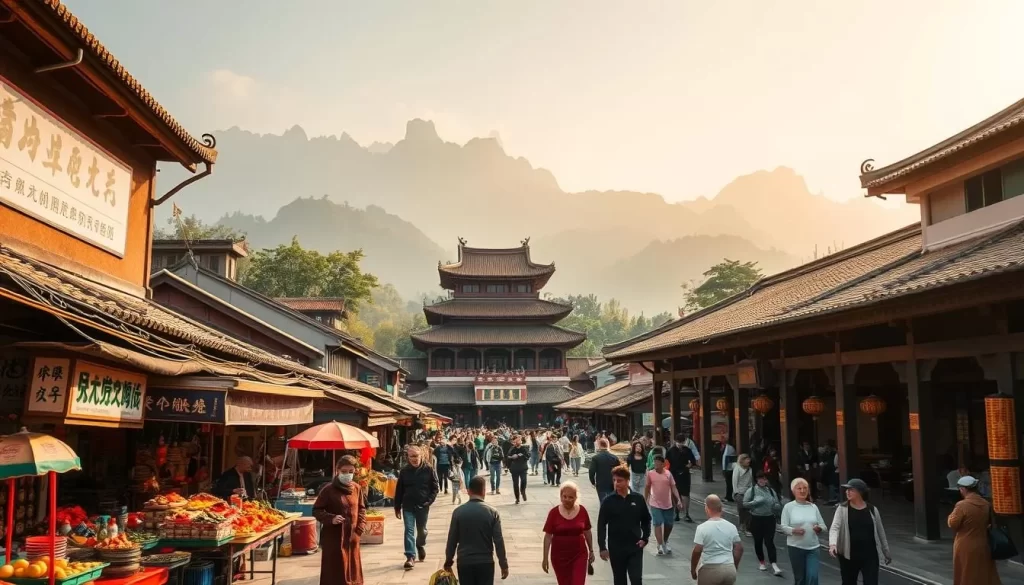
Cultural Diversity and Ethnic Influences
The region boasts a rich blend of ethnicities, including Han, Tujia, Miao, and Yao. Each group has contributed to the development of local dialects and cultural practices. For example, Nüshu, a unique script used by women, reflects the creativity and resilience of its speakers.
Traditional schools and cultural institutions play a vital role in preserving these languages. They ensure that younger generations stay connected to their roots. This effort helps maintain the form and essence of local dialects.
Traditional Dialects and Regional Variations
Local dialects are a key part of daily life here. They vary significantly from one area to another, reflecting historical migrations and cultural exchanges. For instance, Xiang, a prominent dialect, is spoken by millions and holds deep regional significance.
These dialects are not just about communication. They are a bridge to the past, offering insights into the region’s history and identity. Festivals and community events often celebrate these linguistic traditions, keeping them alive for future generations.
Hunan Province, China: Official and widely spoken languages
Mandarin’s journey from a regional dialect to a national language is a fascinating story. Known as Putonghua, it emerged as the official language of the country, unifying diverse ethnic groups under one linguistic umbrella. Its roots trace back to the Beijing dialect, which became the foundation for its standardization.
Today, Mandarin is spoken by over 1.1 billion people, making it the most widely used variant in the region. It plays a crucial role in education, media, and government functions, ensuring clear communication across the population. This dominance reflects centuries of cultural and political evolution.
Government initiatives have been instrumental in promoting Mandarin. By 2020, the goal was for 80% of the population to speak it fluently. These efforts have helped bridge linguistic gaps, fostering unity in a diverse country.
Despite its widespread use, Mandarin coexists with local dialects, each carrying its unique history and cultural significance. This blend of unity and diversity is a testament to the region’s rich linguistic heritage.
The Impact of Mandarin and Minority Languages in Hunan
The interplay between Mandarin and local dialects creates a unique linguistic balance in this region. While Mandarin serves as a unifying force, local dialects retain their cultural significance. This dual role shapes communication and identity in meaningful ways.
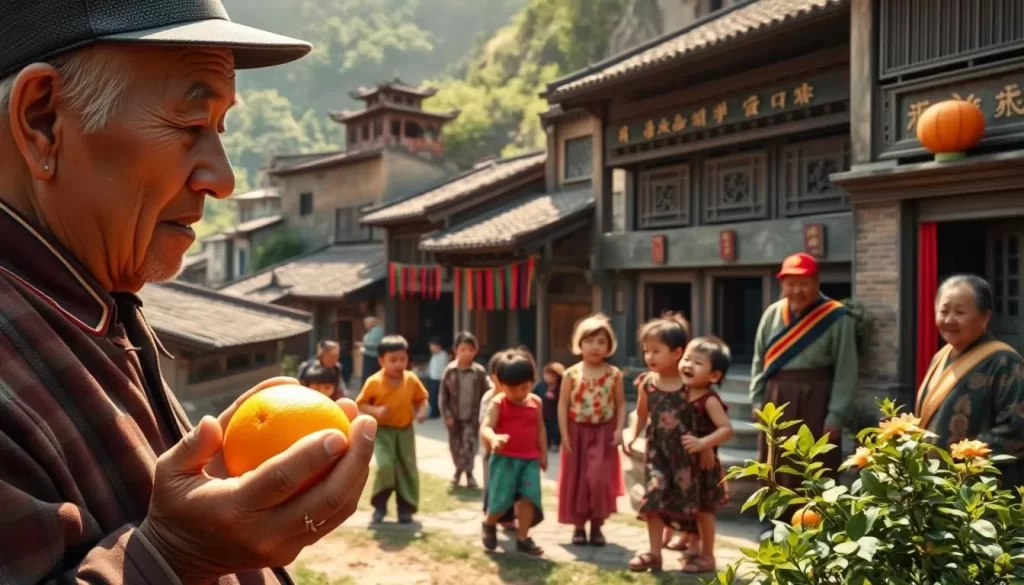
Mandarin as the Lingua Franca
Mandarin, known as Standard Chinese, is spoken by over 1.1 billion people globally. It plays a central role in education, media, and government functions. This dominance reflects its importance as a tool for national unity.
Government policies have actively promoted Mandarin. By 2000, its use became a legal right. These efforts ensure that Mandarin bridges linguistic gaps across diverse communities. However, this focus on standardization also challenges the survival of local dialects.
Preservation of Local Dialects
Local dialects, such as Miao and Tujia, are vital to cultural identity. Despite Mandarin’s prominence, 75% of minority language speakers believe their languages are at risk. This concern highlights the need for preservation efforts.
Bilingual education programs aim to balance Mandarin and minority languages. However, challenges like limited funding and teacher training hinder progress. These issues underscore the complexity of preserving linguistic diversity.
| Language | Role | Preservation Efforts |
|---|---|---|
| Mandarin | Unifying force | Government policies, education |
| Miao | Cultural identity | Bilingual programs, publications |
| Tujia | Regional significance | Community events, education |
The balance between Mandarin and local dialects reflects the region’s rich linguistic heritage. While Mandarin connects people globally, local dialects keep communities rooted in their traditions. This dynamic ensures that both unity and diversity thrive.
Historical Evolution of Hunan’s Language Landscape
The story of how languages evolved in this area is deeply tied to its history. Over centuries, dynastic changes and migration patterns have shaped the linguistic system we see today. These influences created a rich variety of dialects and writing styles that reflect the region’s cultural depth.
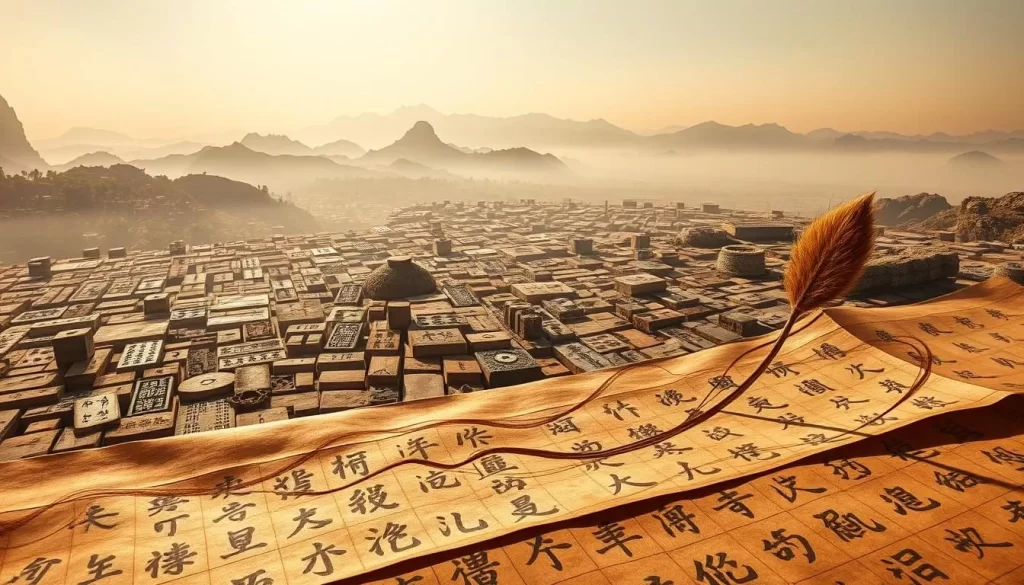
Different ruling periods left lasting marks on the vocabulary and structure of local languages. For example, the people republic china era played a significant role in standardizing Mandarin as a unifying language. This shift helped bridge communication gaps across diverse communities.
Migration also brought together various language groups, enriching the linguistic variety. These patterns introduced new dialects and influenced the writing systems used in the region. This blend of traditions continues to shape the cultural heritage of the area.
Today, Mandarin stands as the dominant language, but local dialects remain vital. They offer a window into the past, preserving the unique identity of the province. Understanding this evolution helps you appreciate the complexity of the linguistic landscape.
The Role of Education and Language Policy in Hunan
Education plays a pivotal role in shaping the linguistic identity of this region. Schools and government initiatives work together to balance national language standardization with the preservation of local dialects. This dual focus ensures that traditional Chinese methods coexist with modern educational practices.
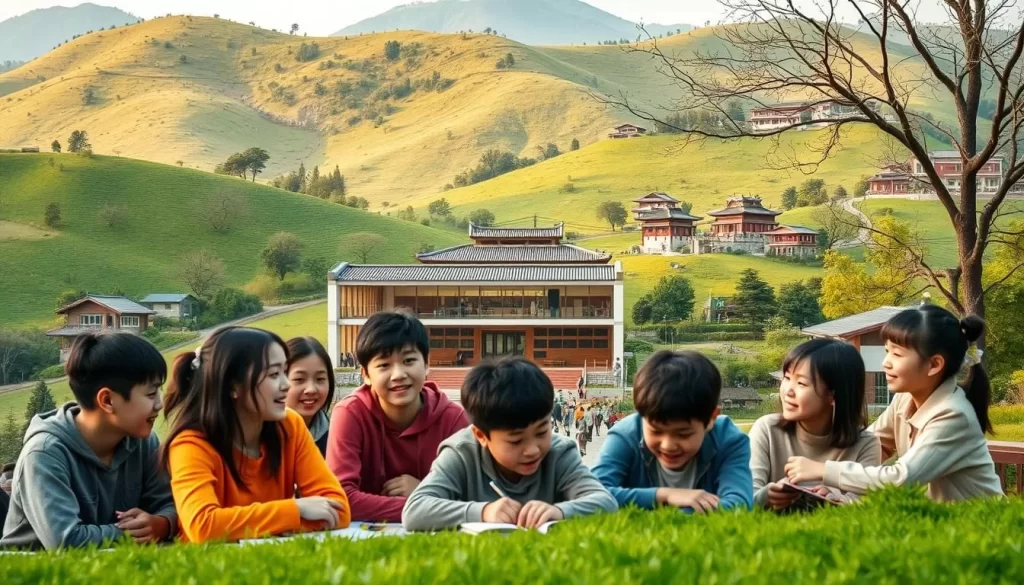
Schooling and Standardization Efforts
Local schools are at the forefront of promoting Standard Chinese while respecting the dialect spoken in each area. Since 2010, bilingual education has been a key policy, with 30% of schools in minority regions offering instruction in both Mandarin and local languages. This approach helps students stay connected to their cultural roots while mastering the national language.
However, challenges remain. Reports indicate that 45% of minority language speakers face difficulties accessing education in their native tongues. Despite these hurdles, government investment in minority language education has increased by 25% over the past decade, aiming to bridge this gap.
Government Initiatives and Cultural Policy
The people republic has implemented policies to promote Mandarin while supporting minority languages. For example, the 2001 Law on Regional National Autonomy encourages schools to use textbooks in local languages whenever possible. This effort fosters a sense of community and cultural pride among students.
Government initiatives also focus on teacher training. Since 2017, all Tibetan teachers have been required to know Chinese, ensuring they can effectively teach both languages. These policies reflect a commitment to preserving linguistic diversity while promoting national unity.
For more insights into the region’s linguistic landscape, explore this detailed analysis.
Contemporary Trends and Challenges in Hunan’s Linguistic Scene
In today’s globalized world, the way people communicate is constantly evolving. Modernization and international ties are reshaping the linguistic landscape. This shift brings both opportunities and challenges for local language groups.
Modern Linguistic Shifts and Global Ties
Digital media and technology play a significant role in standardizing spoken Chinese. While this helps unify communication, it also endangers local dialects. For example, Mandarin’s dominance has led to a decline in minority languages.
Economic modernization adds another layer of complexity. As industries grow, the need for a common language increases. This trend often sidelines traditional dialects, affecting millions of people.
International cultural exchanges further influence the linguistic scene. Programs promoting language groups abroad help preserve traditions. However, they also introduce global pressures that can dilute local identities.
Government policies aim to balance these dynamics. The official language policies focus on national unity while supporting minority languages. Yet, challenges like limited resources hinder progress.
| Trend | Impact | Response |
|---|---|---|
| Digital Media | Standardization of Mandarin | Preservation programs |
| Economic Growth | Decline of local dialects | Bilingual education |
| Global Exchanges | Cultural dilution | Community initiatives |
These trends highlight the delicate balance between tradition and modernity. While Mandarin connects the nation, local dialects remain vital for cultural identity. Understanding these dynamics helps you appreciate the complexity of the linguistic scene.
For more insights into how language groups are adapting, explore this detailed analysis.
Conclusion
The rich linguistic heritage of this region reflects centuries of cultural evolution. Historical dynasties and migration patterns have shaped a diverse vocabulary, creating a unique blend of dialects. Each year, communities work to balance tradition with modernity, ensuring their languages remain vibrant.
Despite challenges, efforts to preserve minority languages continue. These dialects, also known as cultural treasures, offer a window into the past. Understanding this heritage helps you appreciate the broader tapestry of communication.
Explore the fascinating blend of languages that continues to evolve. Dive deeper into how language policy shapes the future of this vibrant community. For more insights, visit this detailed analysis.
The above is subject to change.
Check back often to TRAVEL.COM for the latest travel tips and deals.
